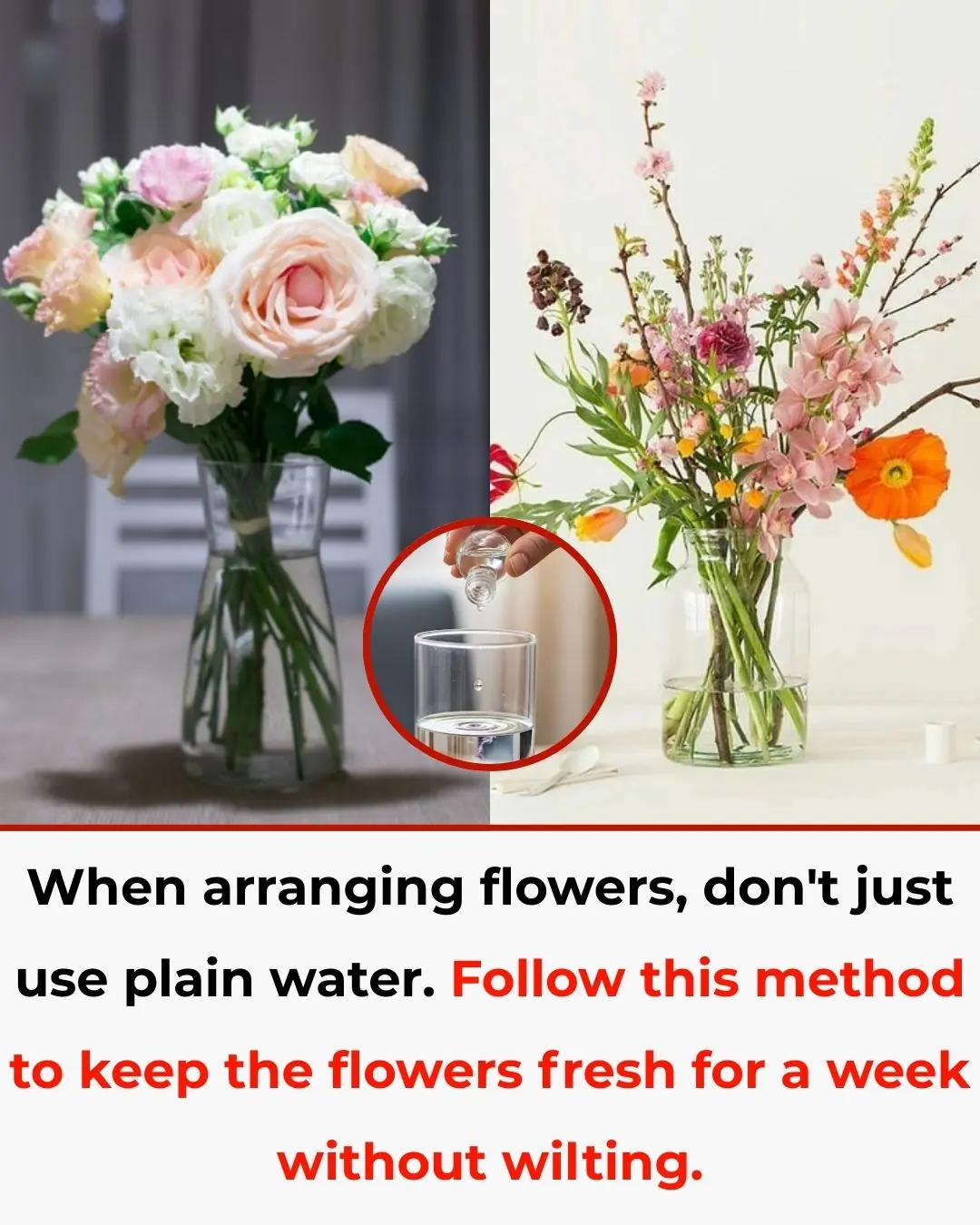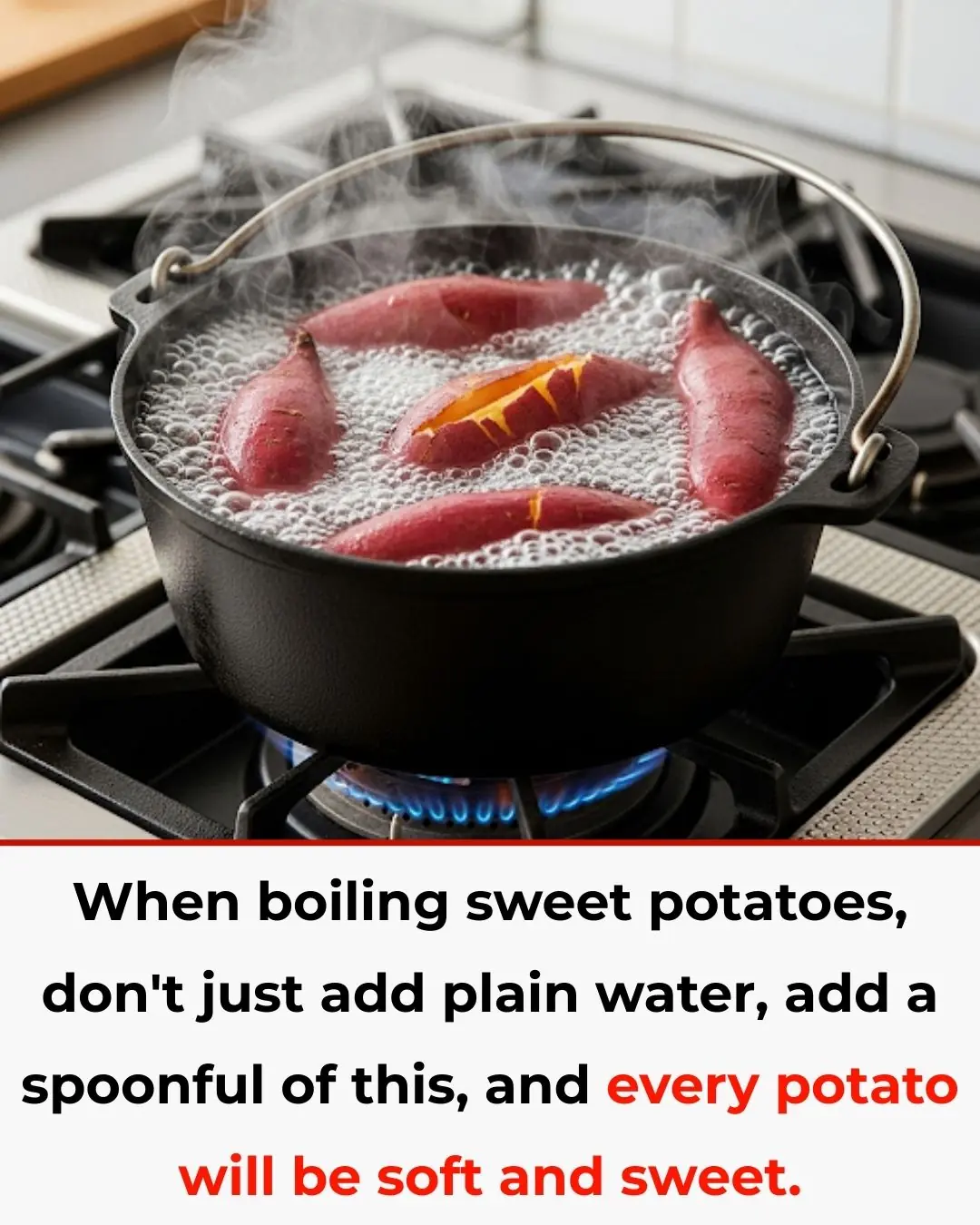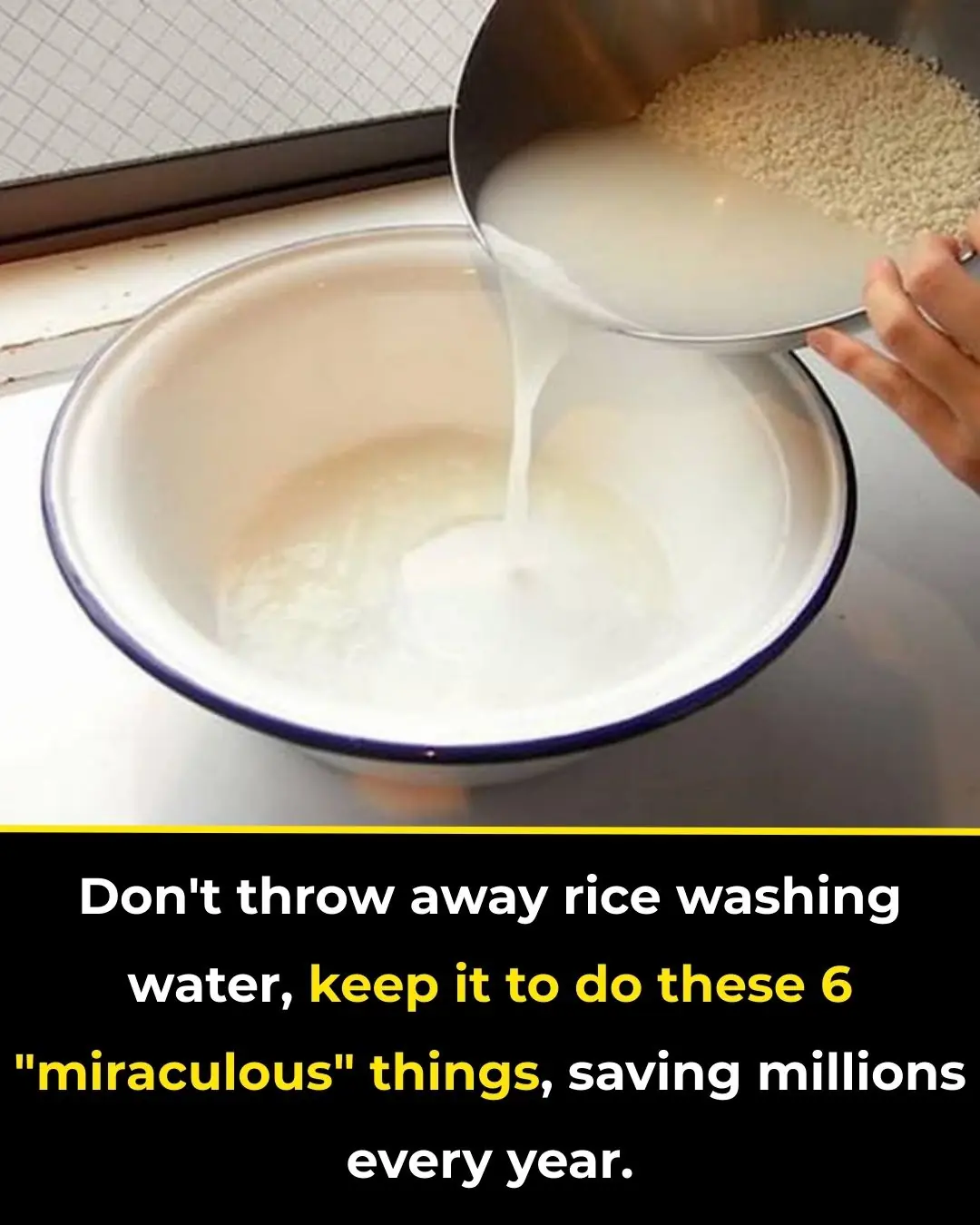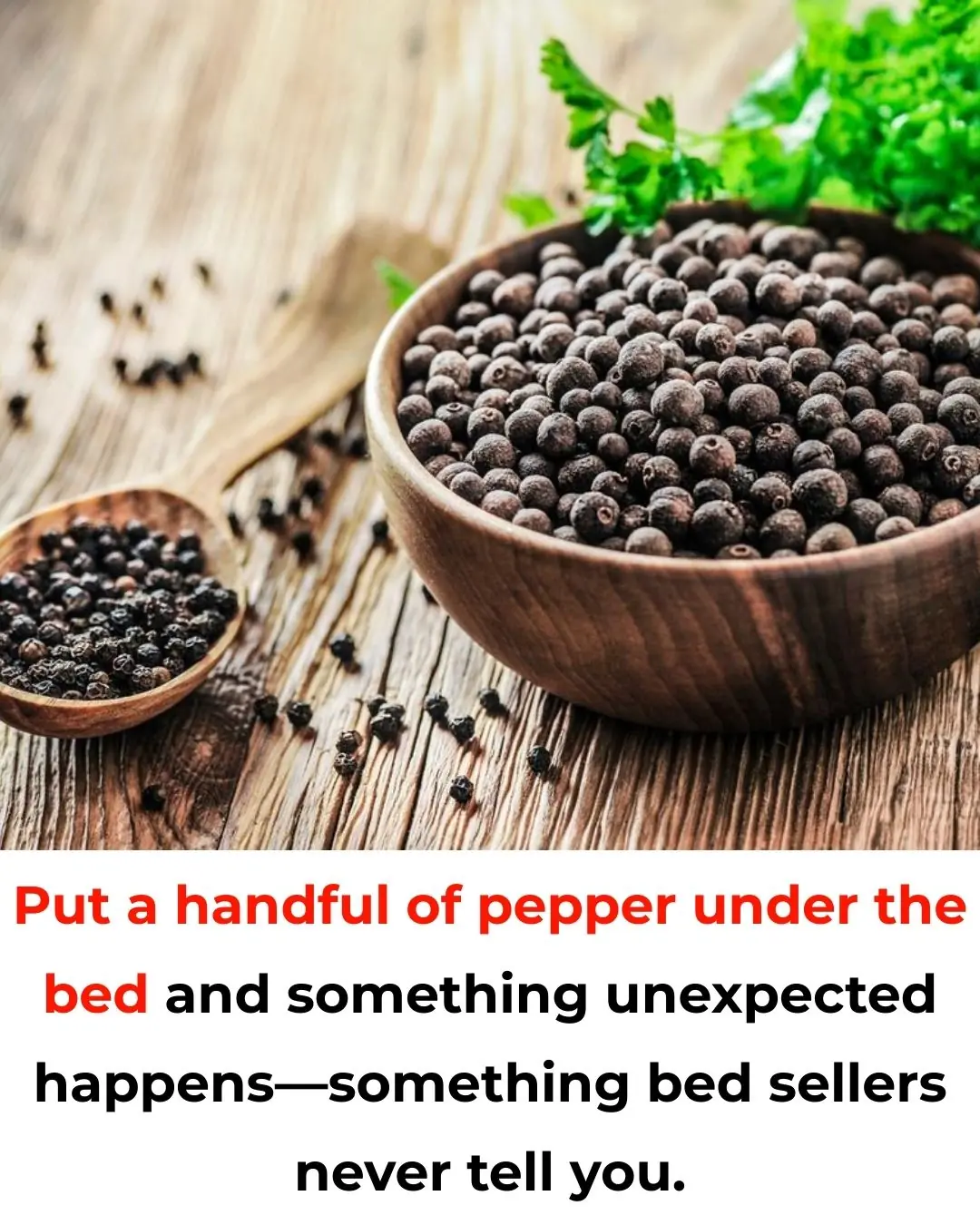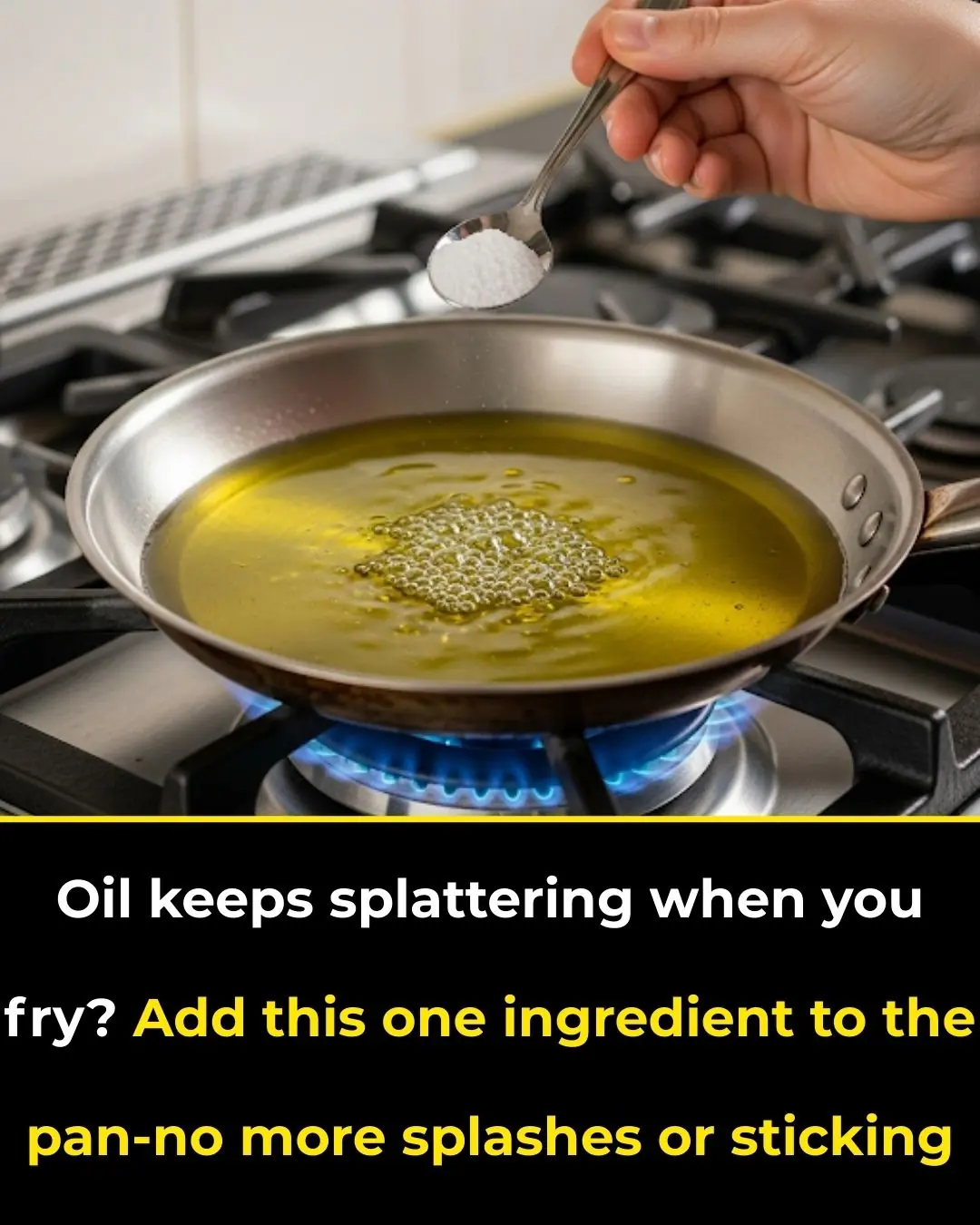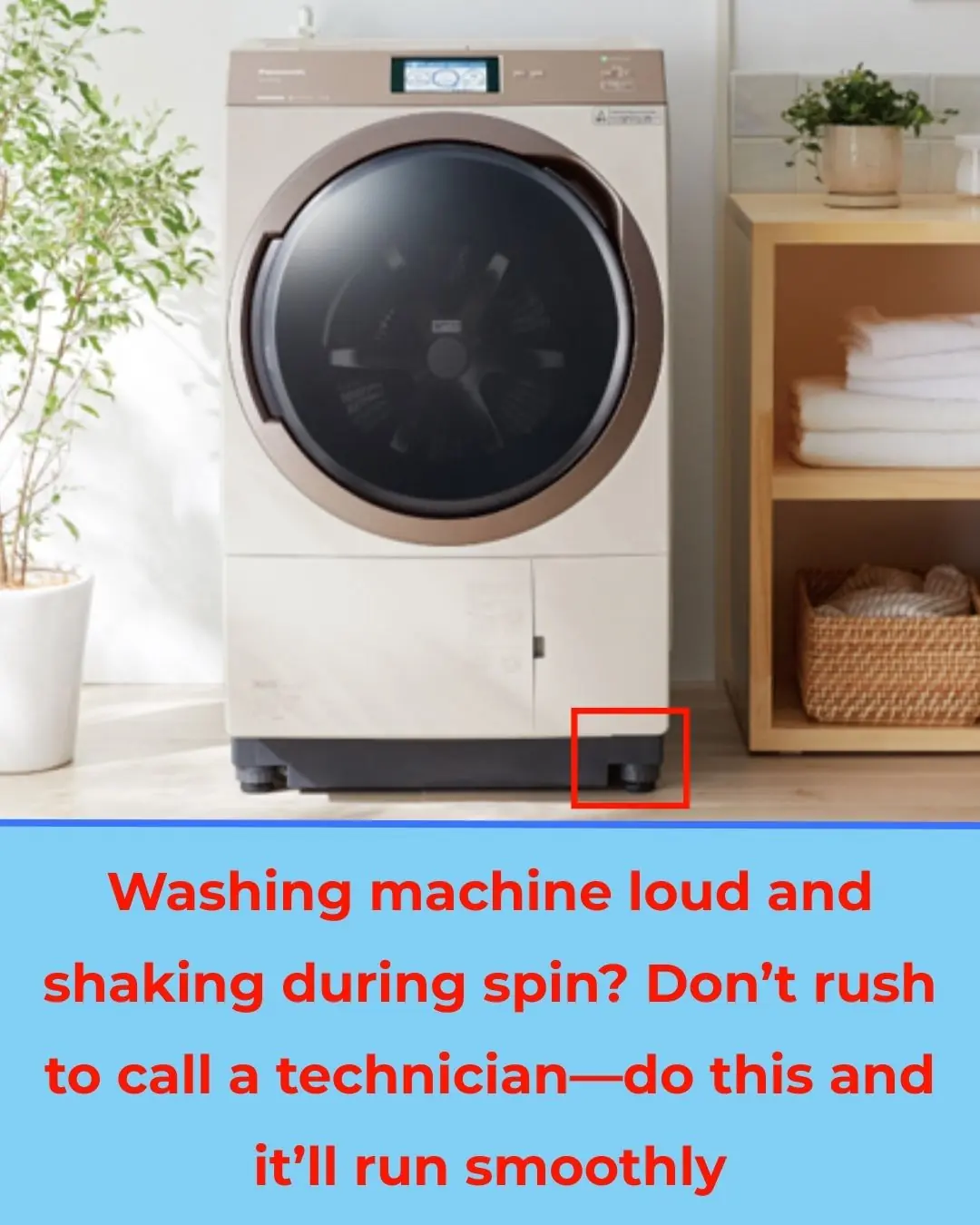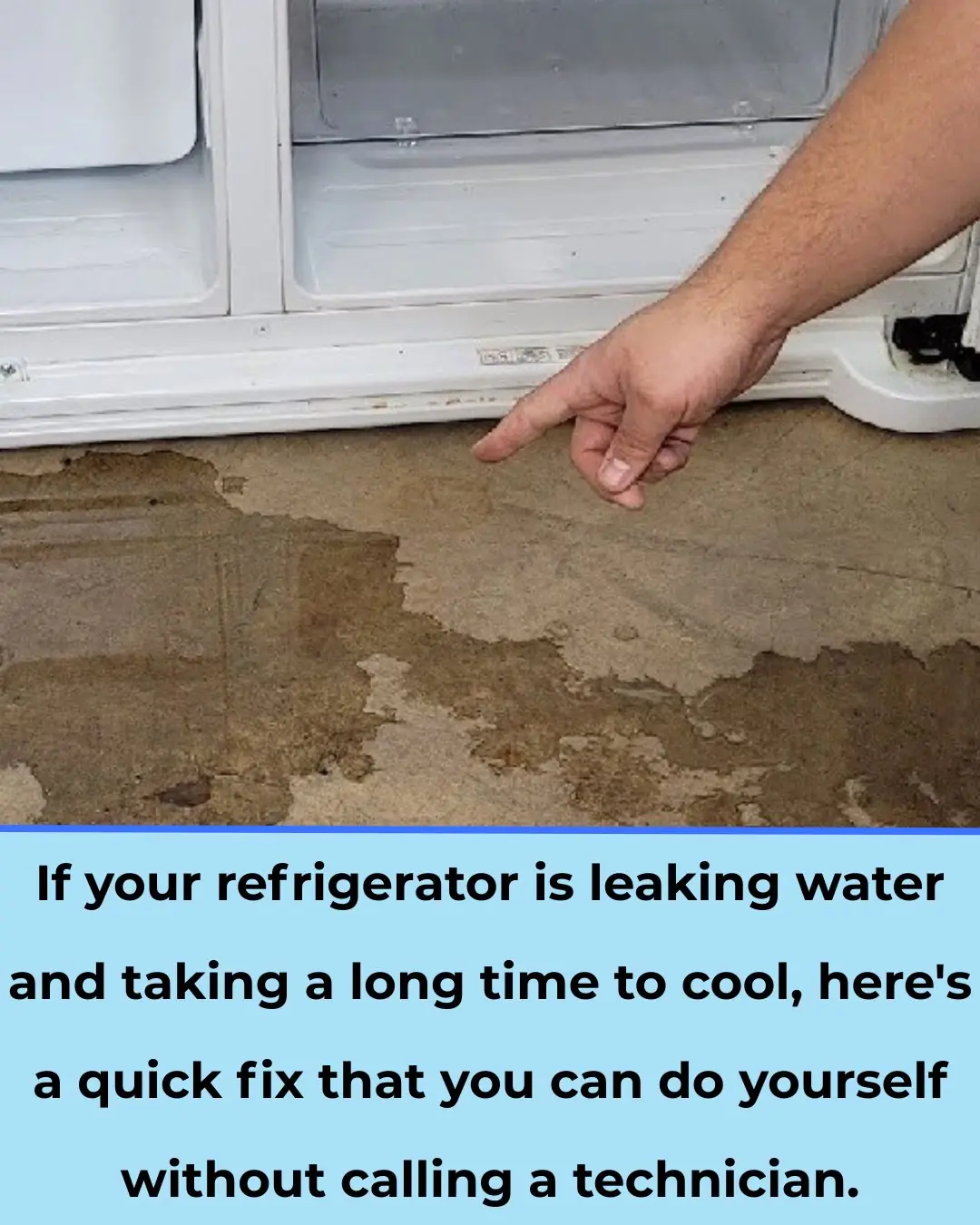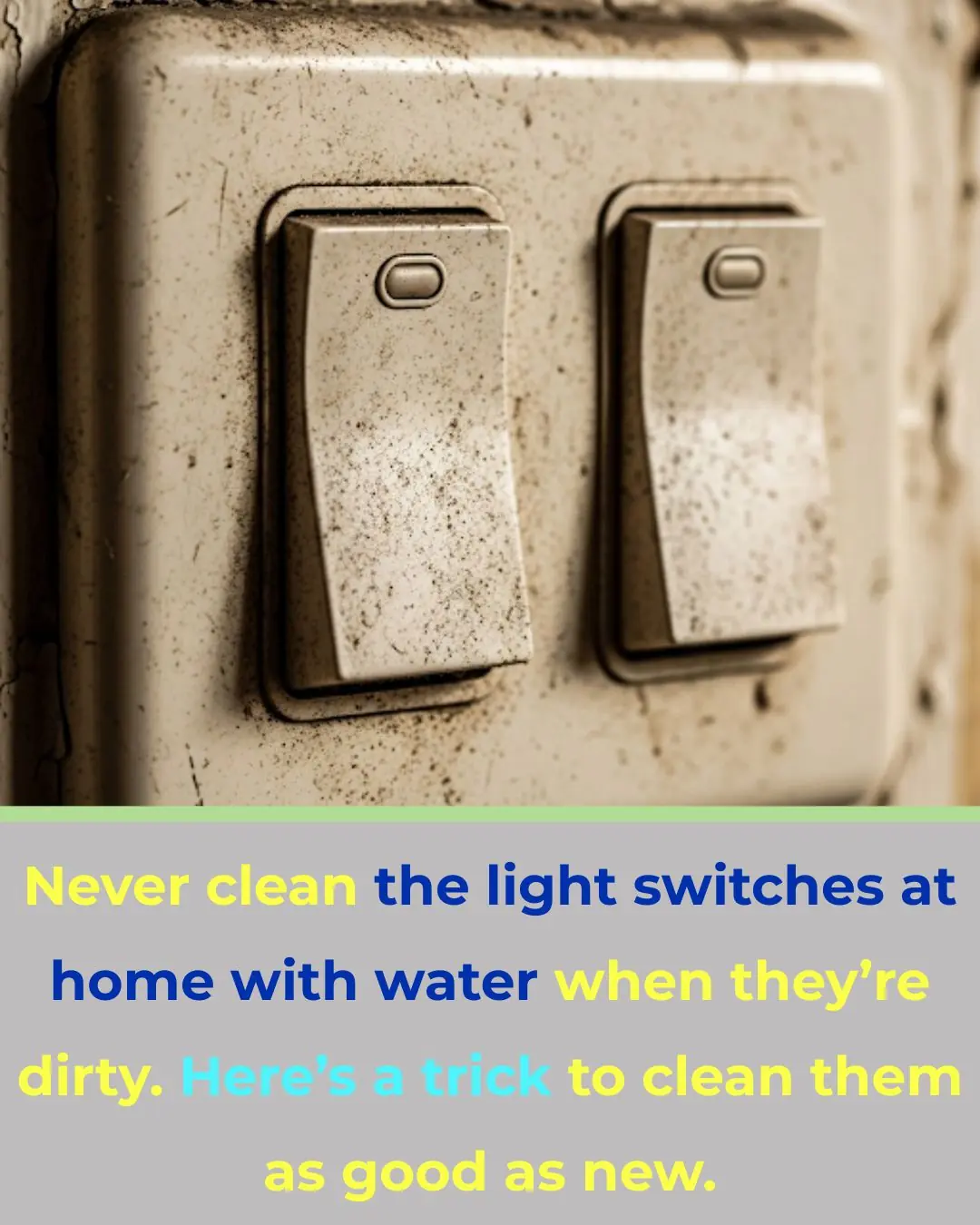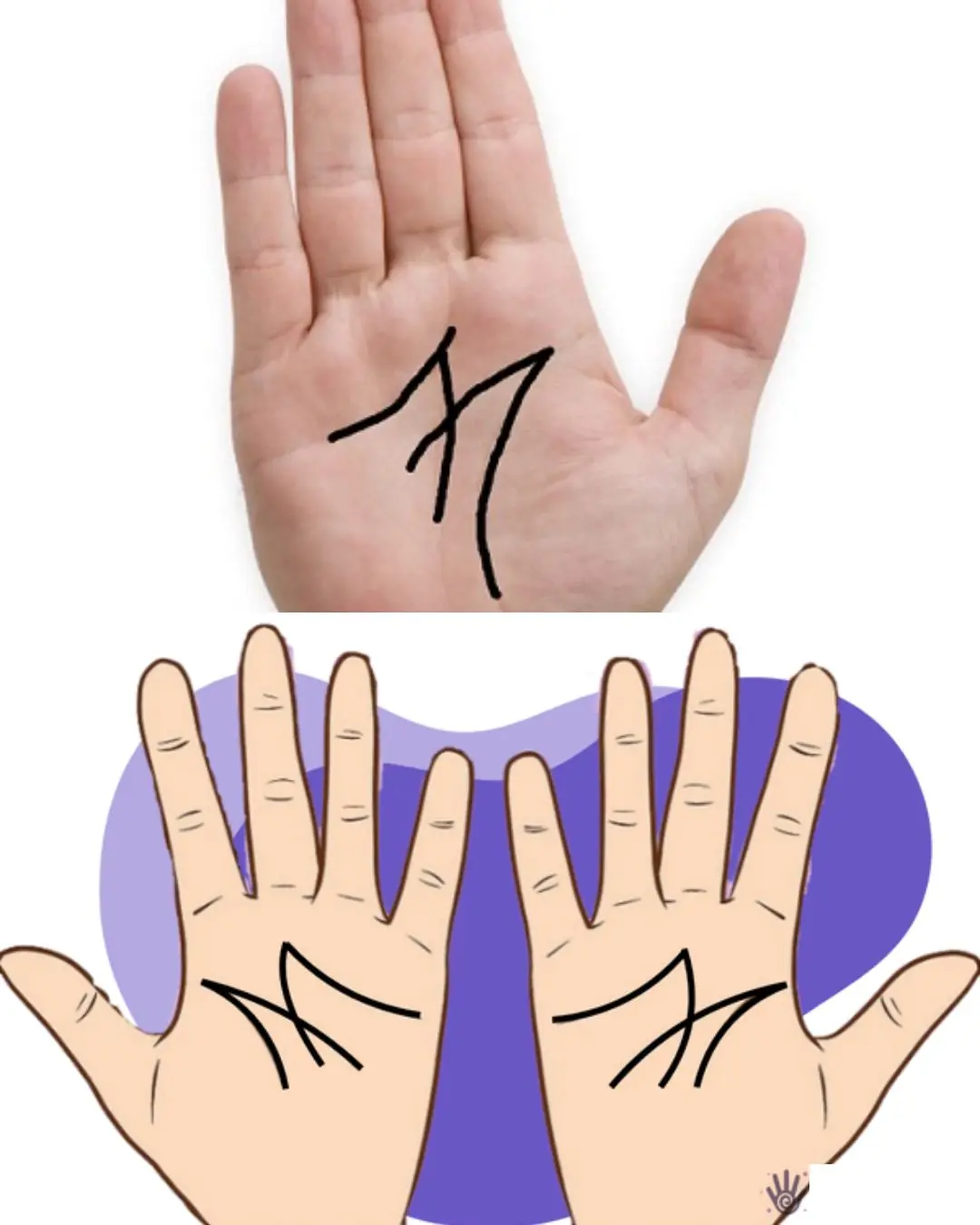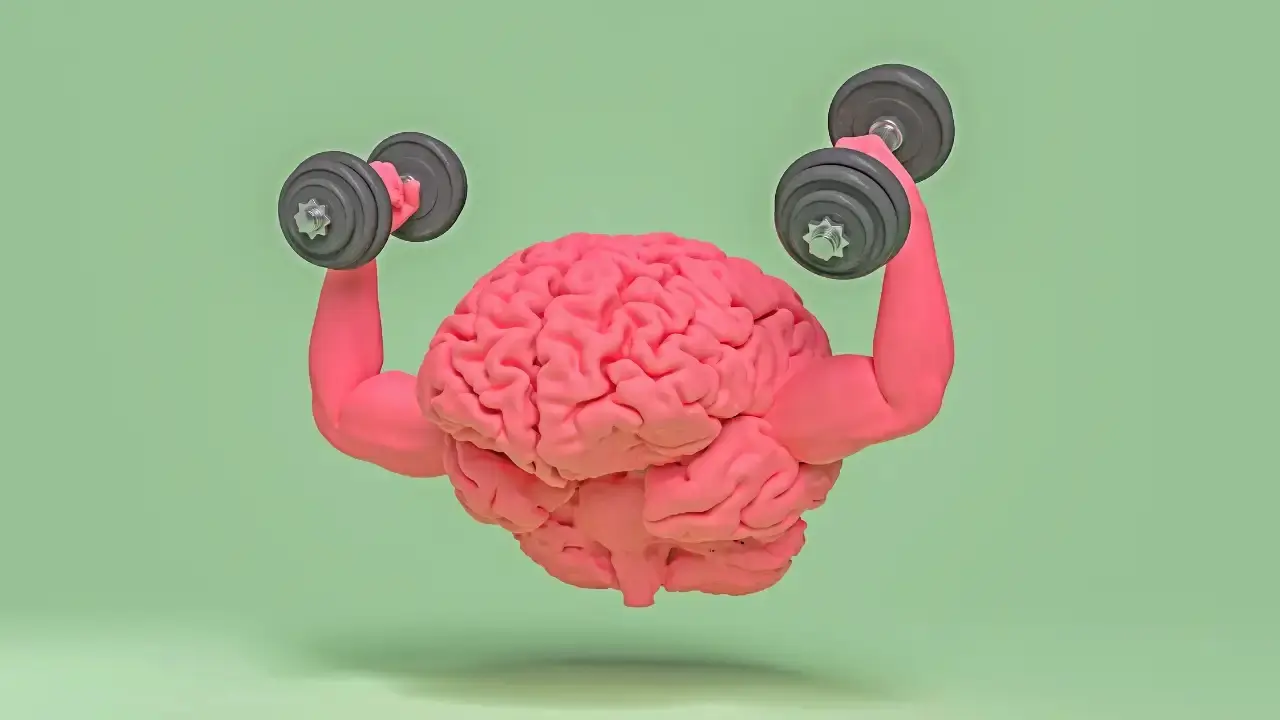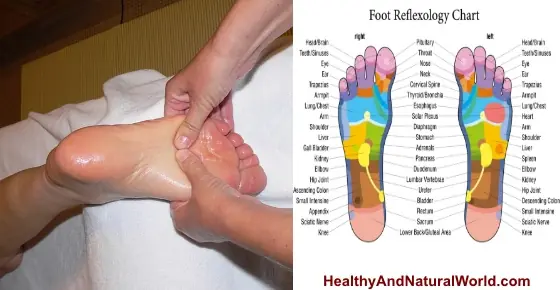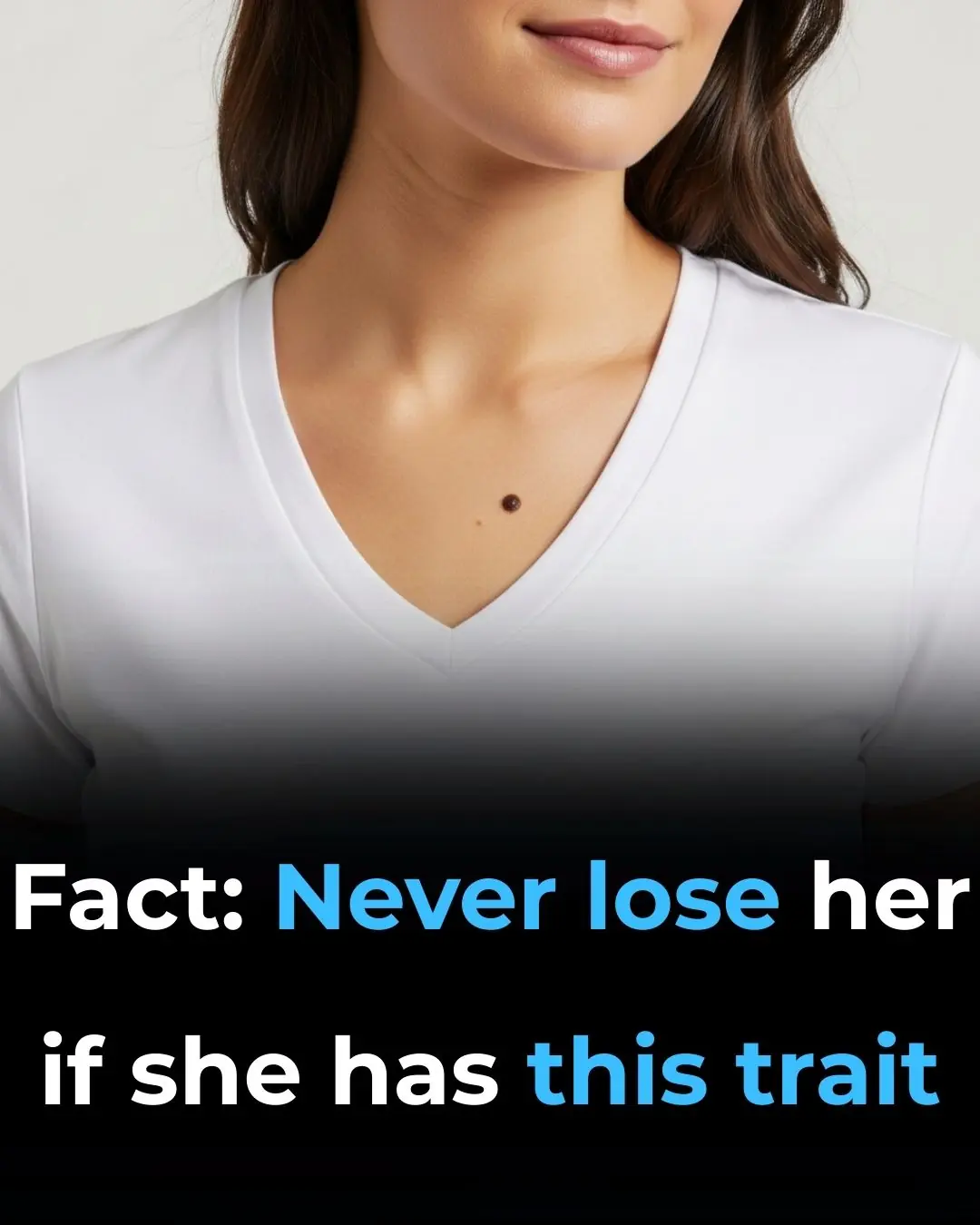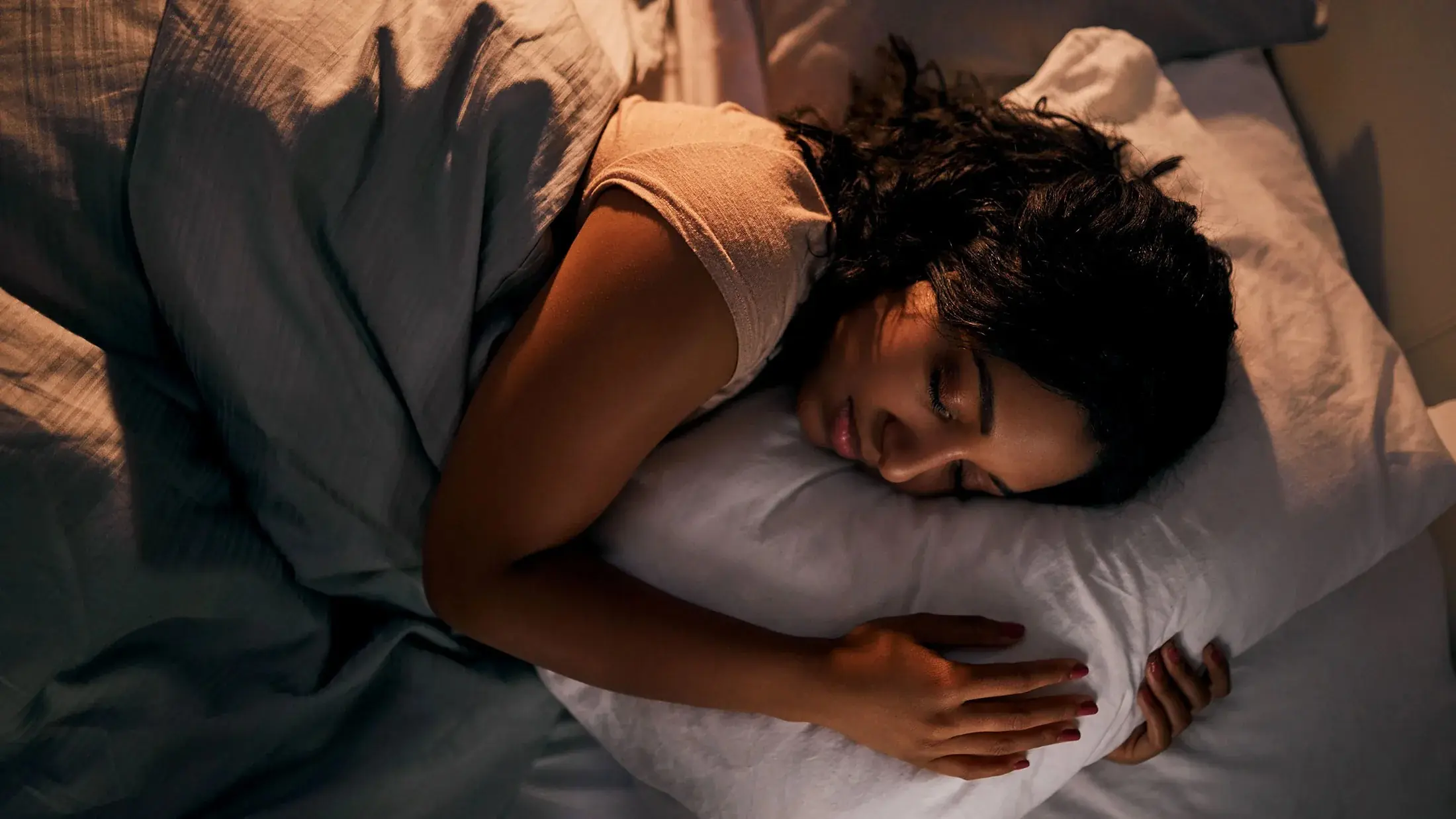Keep clothes smelling fresh longer and protect colors from fading
Getting great-smelling, long-lasting results isn’t about using more product—it’s about using the right product, in the right place, at the right time, and in the right amount. Follow this practical guide for both front-load and top-load machines to keep fabric colors vibrant and your wardrobe fresh.
1) Start with the basics: load, label, water
-
Sort smart: Wash darks/brights separately from lights. Heavy items (jeans, towels) should not be mixed with delicate knits.
-
Turn garments inside out: Reduces friction and dye loss, especially for dark denim and bright prints.
-
Choose the right temperature:
-
Cold (20–30°C / 68–86°F) for darks/brights to reduce fading.
-
Warm (30–40°C / 86–104°F) for everyday lights.
-
Hot only when care labels allow (linens/whites) and when you truly need a hygiene boost.
-
-
Right-sized loads: Aim for a drum that’s about 2/3 full. Overloading traps residue and dulls color; underloading wastes product and increases wear.
2) Know your dispenser drawers and symbols
Most front-loaders (and many top-loaders with drawers) use the same marks:
-
I = Prewash (only if you select a prewash program).
-
II = Main wash detergent (this is where regular detergent goes).
-
Flower icon (or “Softener”) = Fabric softener (rinse-cycle only).
Rule of thumb: Detergent goes into II for the main wash; fabric softener goes into the softener compartment. Don’t swap them and don’t pour softener into the drum at the start—it must release during the rinse, not the wash.
3) How much detergent to use (the dosing that actually works)
Using too much detergent leaves residue that traps odors and makes colors look dull. Too little won’t clean well.
-
High-efficiency (HE) front-loaders: Often 30–45 ml (2–3 tbsp) liquid for a normal, medium-soil load.
-
Standard top-loaders: Usually 45–60 ml (3–4 tbsp) for a normal, medium-soil load.
-
Pods: Use 1 pod per regular load. Extra-large or heavily soiled loads may need 2—but avoid overuse.
Adjust for:
-
Water hardness: Hard water may need a little more; soft water needs less.
-
Soil level: Gym wear or muddy items may justify a small increase.
-
Load size: Small loads = less detergent.
Tip: If you see lots of suds left after rinses, or clothes feel “waxy,” reduce your dose.
4) Liquid vs powder vs pods
-
Liquid: Dissolves quickly in cold water; excellent for mixed loads and colors.
-
Powder: Effective on ground-in dirt; pre-dissolve in warm water if your machine struggles with residue or if you wash mostly in cold.
-
Pods: Place directly into the empty drum first, then add clothes on top. Don’t put pods in the drawer. Use cold-water-rated pods for cold cycles.
5) Fabric softener: where, when, and when not to use it
Where to put it: In the softener compartment (flower icon). The machine releases it at the rinse stage.
How much: Follow the cap line—typically 10–20 ml for HE machines. More is not better.
When to skip softener:
-
Towels and microfibers (reduces absorbency).
-
Sports/performance wear (clogs wicking fibers, traps odors).
-
Water-repellent or flame-resistant finishes (can interfere with performance).
For these, choose no softener, add an extra rinse if needed, or use dryer balls to soften mechanically.
Never pour softener directly onto clothes. It can stain or create greasy spots on dark fabrics.
6) Step-by-step: front-loaders
-
Load the drum (2/3 full, zips closed, delicates in mesh bags).
-
Add detergent to compartment II (dose for load size/soil/hardness).
-
If needed, add stain remover or oxygen bleach to the designated chamber (check your drawer layout).
-
Add fabric softener to the softener compartment up to the line.
-
Select cycle & temp: Cold for darks/brights, warm for lights; gentle cycle for delicates.
-
Start. The machine will release softener automatically during rinse.
7) Step-by-step: top-loaders (no drawer)
-
With a central agitator and no dispensers:
-
Start the fill, add detergent to water first, let it agitate briefly to dissolve, then add clothes.
-
Add fabric softener during the rinse (when the tub is refilling), diluted 1:1 with water to avoid spotting.
-
If your model has a softener cup on the agitator, fill it to the line—it will release at rinse automatically.
-
-
Top-loaders with a drawer: Follow the front-loader drawer instructions.
8) Keep colors bright and smells fresh—habits that matter
-
Use cold for colors/darks: Slows dye release and fiber wear.
-
Low-to-medium spin: High speeds can cause pilling and dullness on knits.
-
Quickly remove washed items: Leaving damp clothes in the drum breeds musty odors.
-
Dry in the shade: UV light can fade brights; indoor or shaded drying protects color.
-
Use color-care detergents: Formulated to reduce dye transfer and redeposition.
-
Pre-treat stains, don’t over-dose detergent: Pre-treating beats “more soap” every time.
-
Extra rinse (optional): Helpful if fabrics feel coated or if skin is sensitive.
9) Common mistakes (and quick fixes)
-
Over-deterging: Leads to residue, trapped odors, and dull colors. Fix: Reduce by 25–30%, add an extra rinse once, and deep-clean the machine.
-
Softener in the wrong place/time: If added at the start, it coats soil—clothes emerge flat and smelly. Fix: Use the proper compartment or add at rinse.
-
Pods on top of clothes: They might not dissolve fully. Fix: Pod first, then clothes.
-
Powder clumps in cold washes: Pre-dissolve powder or switch to liquid for cold cycles.
-
Ignoring care labels: Stretch, fading, and coating issues often start here. Fix: Match cycle and temp to the most delicate item in the load.
10) Machine and drawer hygiene (the invisible secret)
-
Clean the dispenser drawer monthly: Remove, rinse hot, scrub away gelled softener and detergent film.
-
Run a tub-clean cycle (or hottest empty cycle with a washer cleaner) monthly to prevent odor biofilm.
-
Wipe the door gasket (front-loaders) after washes; leave the door and drawer ajar to air-dry.
-
Check the filter/pump (if accessible) every few months for lint, coins, and residue.
11) Special notes on bleach and add-ins
-
Never mix bleach with other chemicals in the drawer. Use only when care labels allow.
-
Prefer oxygen-based bleach for color-safe brightening; keep chlorine bleach for whites and mildew control when necessary.
-
If you use a mild acid rinse (like diluted clear vinegar) to clear residue, add only to the softener compartment on an occasional basis—never with chlorine bleach, and not frequently on machines with sensitive rubber parts.
Quick reference: what goes where
-
Main wash detergent: Drawer II (or directly into water for no-drawer top-loaders).
-
Prewash detergent (only if selected): Drawer I.
-
Fabric softener: Softener/flower compartment (releases at rinse).
-
Pods: Drum first, then clothes—no drawer.
Bottom line
For fresher clothes and vivid colors: dose correctly, place products in the right compartments, use cold water for brights/darks, and keep the machine clean. Small habits—inside-out garments, timely removal, shaded drying—make a big difference. Do these consistently and you’ll get that just-laundered scent for longer, with colors that stay true wash after wash.

